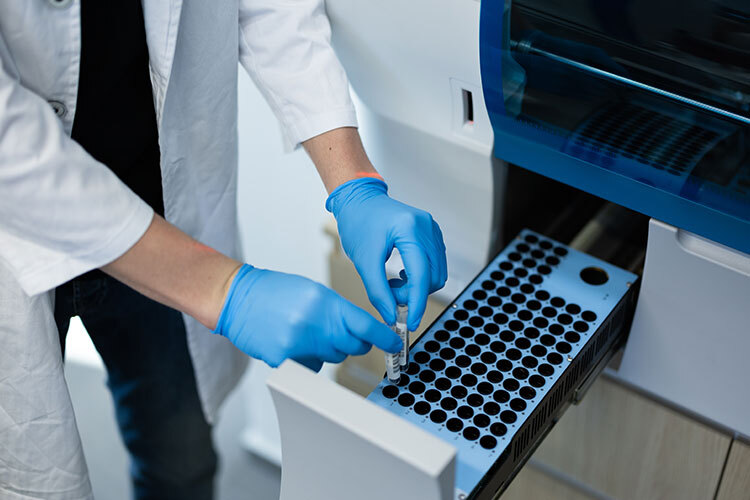Throughout history, human activities have generated waste that might wind up in landfills or the environment, such as pharmaceuticals we use. When our bodies discard these pharmaceuticals, they wind up in water sources like rivers and oceans.
Scientists and researchers have recently investigated the impact of drugs, such as antidepressants, on nature and aquatic species.
Juan Eduardo Sosa, a researcher at Tec de Monterrey at the Institute of Advance Materials for Sustainable Manufacturing, observes that humans increasingly rely on pharmaceuticals having chemical substances that are not always digested, ending up in sewage and then in nature or back in cities.
Despite wastewater treatment techniques in certain metropolitan areas, these drugs influence aquatic creatures such as crabs, clams, and other species, affecting food chains and aquatic ecosystem health.
<!–[if lte IE 8]>
<![endif]–> hbspt.cta.load(5092991, ‘662e250a-aabb-43cf-b4c9-6749fe97eaf4’, {“useNewLoader”:”true”,”region”:”na1″});
hbspt.cta.load(5092991, ‘662e250a-aabb-43cf-b4c9-6749fe97eaf4’, {“useNewLoader”:”true”,”region”:”na1″});
Antidepressants in Water and Their Impact on Ecosystems
Sosa and a group of researchers from Tec and the Autonomous University of Nuevo León describe the use of advanced biomarker techniques to detect specific substances and assess their environmental impact in their study titled Antidepressant drugs as emerging contaminants: Occurrence in urban and non-urban waters and analytical methods for their detection.
For example, Fluoxetine, which is used to treat depression in humans, affects fish species such as Argyrosomus regius.
Exposure to one microgram per milliliter for 15 days impairs their development, slows detoxifying systems, and damages DNA in their liver.
The use of biomarkers has revealed the influence of various antidepressant medications such as sertraline, citalopram, and duloxetine.
Researchers also examined the attempts to degrade these substances using various elimination methods, such as biological purification with sludge or mud or systems that use UV radiation. None of these procedures have been reported to be 100% successful. However, several have attained elimination rates of 95% to 99%.
The Pandemic, Rising Problem, and the Search for Solutions
Sosa notes that during the pandemic, the usage of these drugs increased significantly.
As a result, they began to conduct in-depth research on the effects on marine ecosystems.
“Colleagues in the field were reporting the same observations—people using more antidepressants and impacting water and animals,” he explained.
Another observation made by the researcher is that water shortages and hydric stress have decreased rivers and lakes, increasing the quantity of toxic pollutants. This increase may hasten the harmful effects on ecosystems.
Sosa is working with other researchers to use microalgae or crustaceans such as “Daphnia” to catch and transform these molecules, effectively converting the chemicals into carbon dioxide.
“We not only need to focus on detection but also on improving water treatment processes and making water reuse a more natural and secure procedure,” Sosa said.


















